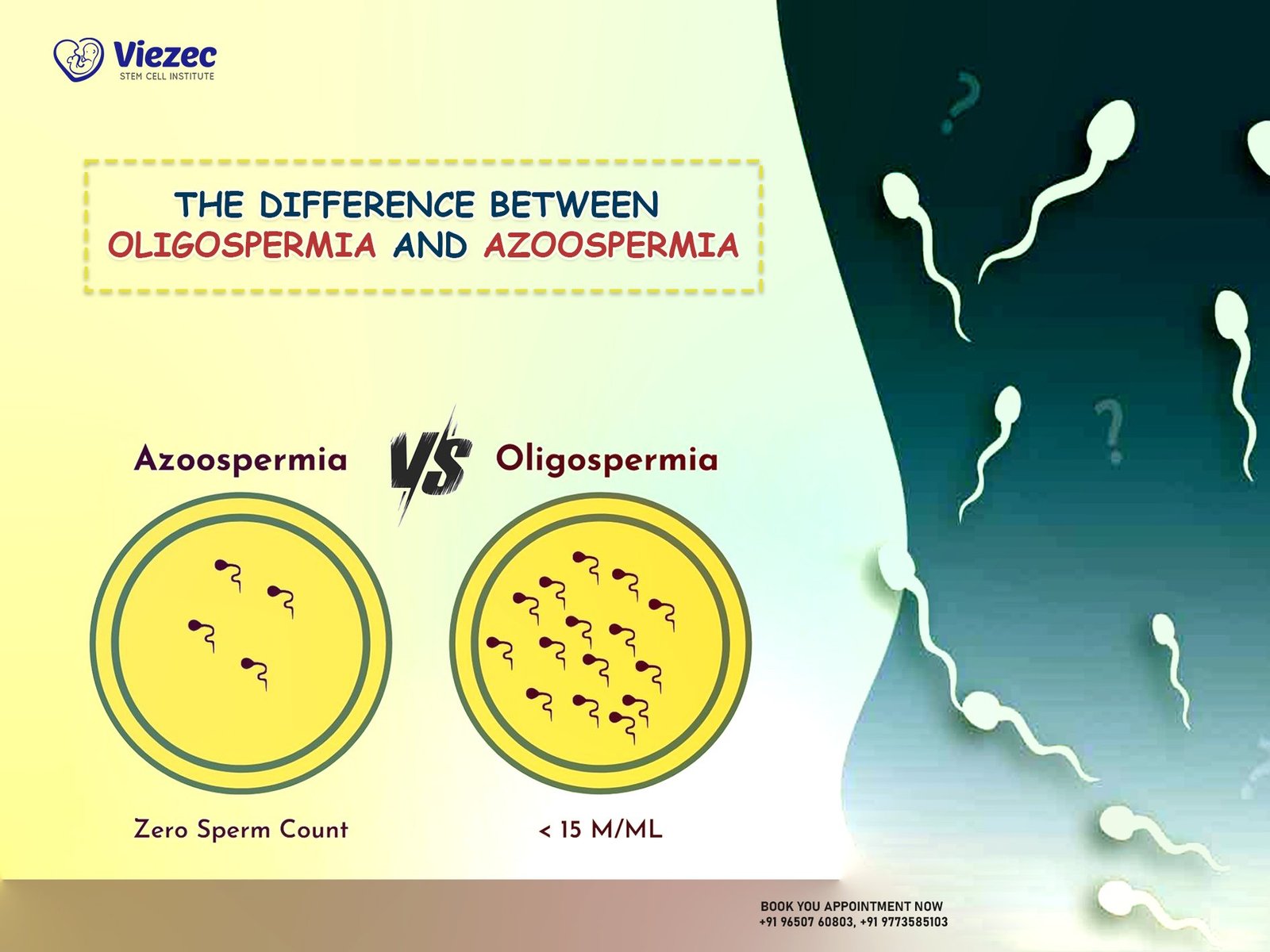KEY TAKEAWAYS
Amniotic fluid therapy is an advanced form of regenerative medicine that utilizes the natural healing properties of amniotic fluid to repair damaged tissues, accelerate recovery, and reduce inflammation. Unlike conventional treatments such as surgery or steroid injections, which may bring only temporary relief or involve long downtime, this therapy offers a non-surgical and minimally invasive alternative. What makes it truly revolutionary is its potential to not only ease pain but also support long-term tissue regeneration, giving patients hope for faster healing and improved quality of life.
What is Regenerative Medicine?
Regenerative medicine is an innovative branch of healthcare focused on repairing, replacing, or restoring the normal function of diseased and damaged tissues. Unlike conventional treatments that often address only symptoms, regenerative medicine works by enhancing the body’s natural healing mechanisms. Key strategies in this field include tissue engineering, stem cell therapies, and advanced biomaterials. By leveraging these approaches, regenerative medicine offers new hope for patients facing chronic or otherwise untreatable conditions.
The Role of Amniotic Fluid in Regeneration
Amniotic fluid, the protective liquid surrounding a fetus during pregnancy, has gained significant attention in regenerative research due to its rich cellular composition. It contains a unique population of multipotent stem cells, known as amniotic fluid stem cells (AFSCs). These AFSCs can differentiate into multiple cell types, making them highly adaptable for tissue repair and regeneration. Compared to other stem cell sources, AFSCs carry a lower risk of tumorigenesis and can be easily isolated and expanded in clinical settings. Beyond stem cells, amniotic fluid also contains growth factors and extracellular components that act as natural scaffolds, further boosting its therapeutic potential.
Historical Use in Diagnostics
Amniotic fluid has long played a critical role in prenatal care, particularly in genetic testing and diagnostics. For over 50 years, it has been used to identify chromosomal abnormalities, birth defects, and other conditions in unborn babies. The standard procedure, known as amniocentesis, involves extracting a small amount of fluid between the 15th and 20th week of pregnancy. This advancement transformed prenatal medicine by giving families and physicians the ability to detect potential health issues early in gestation.
Discovery of Stem Cells in Amniotic Fluid
In the early 1990s, researchers made a breakthrough when they identified hematopoietic progenitor cells in amniotic fluid. Further studies in the 2000s revealed the presence of stem cells with pluripotent and progenitor-like properties, later termed amniotic fluid stem cells (AFSCs). This discovery shifted scientific attention from purely diagnostic use to the potential of amniotic fluid in regenerative medicine and tissue engineering, opening new doors in medical research.
Therapeutic Potential in Regenerative Medicine
AFSCs are being studied for their remarkable ability to differentiate into a variety of cell types, including those of the heart, lungs, liver, and kidneys. Beyond direct cell replacement, these cells release important signaling molecules that stimulate tissue repair through paracrine effects. Current research highlights their potential to treat conditions such as spina bifida, congenital heart disease, liver dysfunction, and kidney disorders. Their use in cell-based therapies brings hope for both congenital and adult-onset diseases, as well as wound healing and tissue regeneration.
Advantages and Future Clinical Applications
Amniotic fluid stem cells provide several key advantages over other stem cell types. They are less tumorigenic, meaning they carry a lower risk of forming tumors after transplantation. They also show high proliferative potential, making them suitable for large-scale therapeutic applications, and are readily available from a source that is usually discarded after birth. Looking ahead, potential clinical applications may include intrauterine transfusions (IUT) for inherited blood disorders, regenerative treatments for organ damage, and advanced wound healing therapies.
The Science Behind the Revolution: How Amniotic Fluid Works
A. Amniotic Fluid’s Rich Composition
Amniotic fluid is a unique reservoir of natural healing elements, containing growth factors, cytokines, hyaluronic acid, and even stem cells. These components work in harmony to support tissue regeneration, enhance hydration, and promote cellular repair. Growth factors stimulate cell activity and healing, while cytokines regulate communication between cells to accelerate recovery. Hyaluronic acid provides essential lubrication and structural support, making it especially beneficial for joints and connective tissues. This potent combination creates an environment where damaged tissues can heal more efficiently.
B. Harnessing the Power of Stem Cells
One of the most promising aspects of amniotic fluid therapy lies in the presence of Amniotic Fluid Stem Cells (AFSCs). These multipotent cells can differentiate into various specialized cell types, including osteogenic (bone), chondrogenic (cartilage), and myogenic (muscle) cells. This versatility gives AFSCs an extraordinary ability to repair and rebuild different tissues across the body. By replenishing damaged areas with new, healthy cells, stem cells from amniotic fluid offer a foundation for true regenerative healing rather than temporary relief.
C. Anti-inflammatory and Immunomodulatory Effects
Beyond tissue regeneration, amniotic fluid also exerts strong anti-inflammatory and immunomodulatory effects. Cytokines and growth factors present in the fluid actively work to calm inflammation, reduce pain, and prevent excessive immune reactions that can delay healing. By modulating the body’s immune response, amniotic fluid minimizes scar tissue formation and creates a balanced environment for natural recovery. This property is especially valuable in treating chronic conditions where inflammation plays a key role, such as arthritis or tendon injuries.
D. Paracrine Signaling and Beyond
Another remarkable mechanism of amniotic fluid therapy is its paracrine signaling ability. Instead of only directly replacing damaged cells, amniotic fluid components release signaling molecules that stimulate the body’s own cells to repair and regenerate. These signals encourage neighboring cells to become more active in healing, enhance blood vessel growth, and recruit additional repair factors. This dual action—direct regeneration combined with the stimulation of the body’s natural repair systems—makes amniotic fluid therapy a groundbreaking approach to long-term healing.
Clinical Applications: A Wide Range of Potential
Amniotic fluid therapy is gaining recognition across multiple areas of medicine, thanks to its natural ability to promote healing and reduce inflammation. Researchers and clinicians are exploring its use in both well-established and emerging treatments. Below are some of the most promising applications.
Orthopedic Conditions
According to sbjortho.com, amniotic fluid therapy shows significant promise in managing orthopedic disorders such as osteoarthritis, tendonitis, and ligament injuries. By delivering essential growth factors and anti-inflammatory properties directly to affected tissues, this therapy may help reduce pain, improve joint mobility, and accelerate recovery. Unlike conventional treatments, which often mask symptoms temporarily, amniotic fluid therapy has the potential to promote long-term tissue repair, making it especially appealing to active individuals seeking alternatives to surgery.
Wound Healing and Skin Regeneration
One of the most exciting areas of research is the role of amniotic fluid in chronic wound care. Studies suggest it can speed healing in diabetic foot ulcers, pressure sores, and burn injuries, where conventional therapies often fall short. Its regenerative properties stimulate new tissue growth, improve blood supply, and reduce scarring. This makes it a powerful tool for patients struggling with wounds that resist standard medical interventions, offering new hope for recovery and improved quality of life.
Neurological Repair and Regeneration
According to ScienceDirect.com, amniotic fluid stem cells hold great potential in addressing neurological damage, including conditions like spinal cord injuries and stroke. These cells have the ability to modulate immune responses and support regeneration of nerve tissues, areas where traditional medicine has had limited success. Early research indicates that such therapy could restore lost functions, reduce complications, and open new avenues for treating devastating neurological disorders that currently lack effective long-term solutions.
Other Emerging Applications
Beyond orthopedics, wound care, and neurology, amniotic fluid therapy is being explored in a variety of innovative areas. Preliminary studies suggest benefits in ophthalmological conditions such as corneal injuries, cardiac repair after heart attacks, and even in liver and kidney regeneration. Researchers are also investigating its potential role in combating COVID-19-related complications, given its strong anti-inflammatory and immune-modulating effects. While many of these applications are still under study, they highlight the remarkable versatility and future promise of amniotic fluid in modern medicine.
The Procedure: What to Expect
Harvesting and Processing Amniotic Fluid
Amniotic fluid used for therapy is obtained in an ethical and responsible manner. It is typically collected after childbirth from consenting mothers during planned cesarean deliveries, ensuring no harm to the mother or baby. Once collected, the fluid undergoes advanced laboratory processing to remove impurities, concentrate essential growth factors, and prepare it for safe medical application. This process preserves the fluid’s regenerative properties while ensuring it meets strict safety and quality standards.
Administration Methods
Depending on the condition being treated, amniotic fluid therapy can be administered in different ways. For joint pain or osteoarthritis, the fluid is often delivered through precise injections into the affected joints. For chronic wounds or skin conditions, it may be applied topically to stimulate faster healing. In certain systemic cases, intravenous (IV) infusion is used to promote whole-body regenerative support. According to Stem Cell Research & Therapy, the chosen method depends on the patient’s diagnosis, severity of symptoms, and overall treatment goals.
Potential Benefits
The primary appeal of amniotic fluid therapy lies in its natural ability to encourage repair and reduce inflammation. Patients often report improvements such as reduced pain, increased mobility, and faster tissue healing compared to conventional methods. Because it is minimally invasive, recovery time is shorter and patients can return to their daily activities more quickly. Additionally, its regenerative properties may help delay or even avoid the need for more invasive procedures like joint replacement surgery.
Risks and Considerations
Like any medical treatment, amniotic fluid therapy is not without potential risks. Some patients may experience mild side effects such as temporary swelling, soreness, or redness at the injection site. Rare complications can include infection, allergic reactions, or limited treatment response. It is important to note that while many patients benefit, outcomes can vary depending on individual health conditions and severity of damage. Consulting with a qualified specialist ensures that the therapy is tailored appropriately and that any potential risks are thoroughly discussed.
Future Directions and Research: Paving the Way Forward
The Need for Further Research
While amniotic fluid therapy shows promising results, the field is still evolving and requires robust clinical validation. Ongoing clinical trials and long-term studies are essential to confirm its safety, effectiveness, and durability of results. More evidence will also help medical professionals better understand which patients benefit most, what conditions respond best, and how outcomes compare to established treatments. This commitment to continued research ensures the therapy moves from being experimental to a widely accepted option in regenerative medicine.
Advancements in Delivery and Formulation
Another key area of progress lies in improving how amniotic fluid products are prepared and administered. Scientists are working to refine formulations, enhance product stability, and develop more precise delivery methods to target damaged tissues effectively. Innovations such as controlled-release systems, injectable formulations, and advanced processing techniques may significantly increase the therapy’s success rate. These advancements can help maximize the therapeutic benefits while minimizing potential risks, making treatments more accessible and efficient for patients.
Expanding Therapeutic Potential
Looking ahead, amniotic fluid therapy could extend its role far beyond current applications. Researchers are exploring its use in conditions ranging from musculoskeletal injuries and osteoarthritis to neurological and autoimmune disorders. The therapy’s ability to reduce inflammation, encourage tissue regeneration, and support natural healing opens the door to broader medical applications. If these possibilities are realized, amniotic fluid therapy may become a cornerstone in regenerative medicine, offering hope for patients with conditions that currently lack effective long-term solutions.
A New Era in Regenerative Medicine
Summarize the Key Advantages
Amniotic fluid therapy stands out as a breakthrough in regenerative medicine because it harnesses the body’s natural healing abilities in a minimally invasive way. By repairing damaged tissues, reducing inflammation, and supporting long-term regeneration, it provides patients with a safer and more effective alternative to traditional methods like surgery or steroid injections. The therapy’s non-surgical nature and reduced recovery times make it especially appealing for those seeking lasting relief without the complications of invasive procedures.
A Hopeful Outlook
This therapy represents more than just a medical advancement—it signals a shift toward treatments that prioritize healing and restoration rather than temporary fixes. Its revolutionary potential lies in offering new hope to patients struggling with chronic pain, injuries, or degenerative conditions. As research continues to evolve, amniotic fluid therapy could redefine the way we approach recovery, opening the door to faster healing, improved quality of life, and a brighter future in regenerative medicine.











